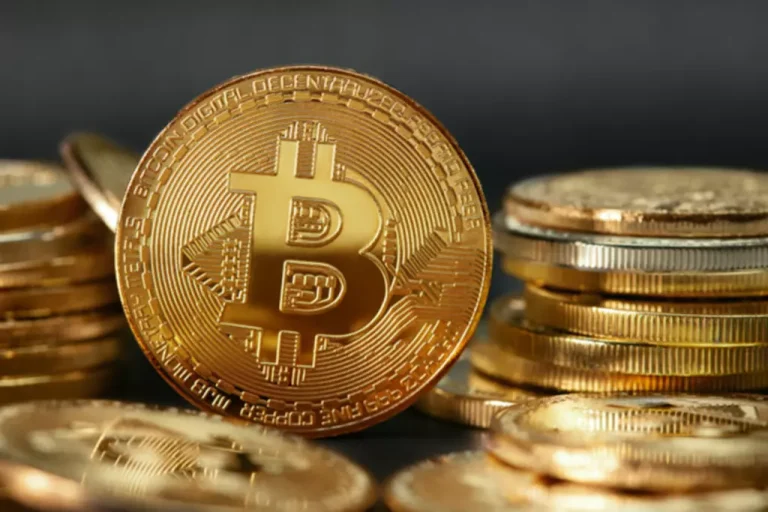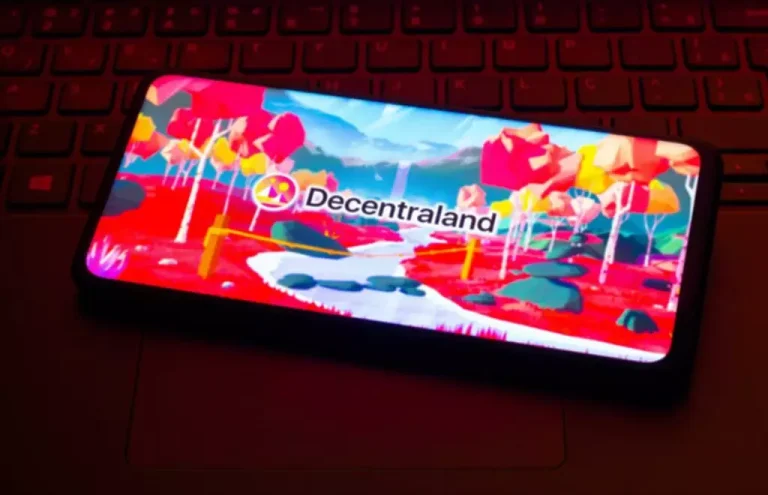This website is using a security service to protect itself from online attacks. There are several actions that could trigger this block including submitting a certain word or phrase, a SQL command or malformed data. One example might be the deliberate destruction of unsold ICO tokens.
- In general, this practice is intended to increase the value of the shares while increasing the company’s financial performance.
- For those who want to hold crypto in a portfolio, there is plenty to gain from coin burning.
- These tokens are then transferred into a frozen private address called a Burn address.
- This method entails miners staking their coins to become network validators, and they are required to send their staked tokens to a burn address.
- When a coin (or fraction of a coin) is burned, it is transferred to an unusable wallet, and permanently removed from circulation.
- In exchange, you receive a reward in the native currency token of the blockchain.
The purpose of burning coins may vary, but one of these is to gain mining power. Compared to the proof-of-work and proof-of-stake mechanisms that use vast amounts of energy to do crypto transactions, the proof-of-burn mechanism is different. When a certain number of crypto tokens are said to be burnt, it means they have been permanently pulled out of circulation.
Crypto Burning Explained: How it Works and Why It’s Important
That scarcity can lead to an increase in price and benefit investors. Proof of burn is a consensus mechanism that requires miners to burn a set amount of coins in their personal possession to gain access to mine a block. By fronting a specified amount, a miner is then compensated with a block reward for verifying the transaction. Burning crypto may be implemented as a consensus mechanism, referring to the encoded systems that keeps a network in agreement. Bitcoin, for example, uses a proof-of-work protocol that incentivizes miners, or validators, to verify transactions with a sum of tokens known as block rewards.

This token burn event contributed to the increased scarcity of the cryptocurrency and its potential for a significant price increase in the future. In conclusion, crypto burning has the potential to shape the future of the cryptocurrency world. Its effects can be far-reaching and significantly impact the projects and investors involved. Understanding token burns’ motivations and real-world implications is crucial for navigating this ever-evolving landscape. Holding ASH permits burn.art users to buy and sell digital assets on the platform.
Shiba Inu Coin Burn
The primary rationale behind token burning is to create scarcity and increase the value of the remaining tokens. When a portion of the tokens are rendered useless, supply and demand dynamics change, potentially driving up the token’s price. Sometimes, projects burn unsold tokens right after the ICOs, giving their early investors an edge with increased prices of their assets. This, in turn, can instill confidence among investors, subsequently boosting demand. The process involves sending the tokens to a location commonly referred to as a “burn address”, where they become irretrievable. It is essentially a digital wallet without a private key, rendering the tokens within it inaccessible and subsequently, making them untradeable forever.
Crypto burning is a rather transparent way of telling people about when the funds are added or removed. Crypto burning means you permanently remove a certain amount of tokens from circulation. In other words, you are destroying those tokens forever so that they no longer exist or are available to use. In the https://www.xcritical.com/ real world, you can literally burn your physical assets, such as money or a house, and watch them disappear from existence. This, however, won’t work for digital assets, so you must use digital means to perform the action. It allows anyone to burn NFTs in exchange for the cryptocurrency “ASH.” The point?
Who Burned Their Crypto Tokens?
Because the tokens are sent to a wallet address, the burning of tokens can be verified on the blockchain, allowing developers and users to keep track of how many tokens have been burned. Burning coins involves taking them out of circulation and destroying them forever, permanently reducing the available supply of that token. The exact reasons for doing this can vary, from platforms that essentially program what does it mean to burn crypto coin burns into their protocol, to crypto developers that simply want to see a price bump. Expanding on the case of Maker DAO, the platform created scarcity and demonstrated the potential of its decentralized autonomous organization (DAO) through its token burning strategy. Moreover, with a surplus of DAI, the buyback/burn initiative conveyed a message about the project’s well thought-out tokenomics.

In simplified words, any coin burning mechanism that have been hardwired into the coin’s DNA (code base) belongs in this category. This isn’t a guarantee and may not be noticeable to the average crypto enthusiast. Sometimes, the effects of coin burns go unnoticed by the majority of users.

